India is recognised for its diverse culture and delicious cuisine. Beautiful delights abound in the country, leaving everyone yearning for more. Even though we are known for our spicy cuisine, Indian sweets and desserts are a must-have for any occasion. We eat sweets to commemorate all of our good deeds and to kick off our fresh beginnings.
Each state has its own signature sweet dish that everyone should eat.
Almost all Indian desserts have milk or ghee as a primary ingredient. Fruits and nuts are used in the majority of desserts. Traditionally, the southern Indian states begin their meals with sweet dishes to symbolise a sweet start to the occasion. It also concludes on a lovely note.
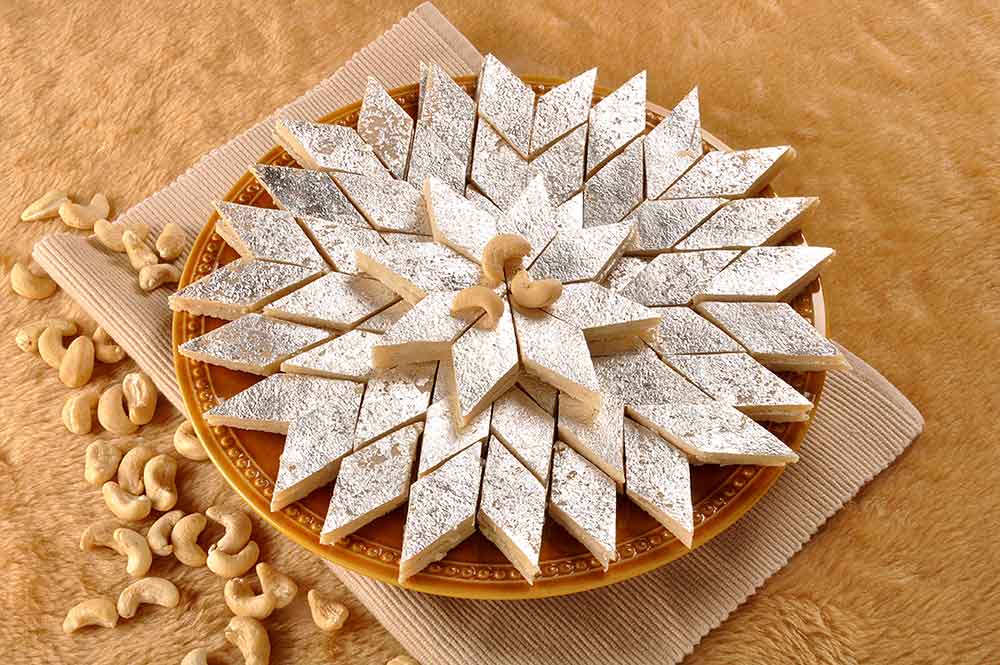
1. Kaju Barfi
Kaju Barfi is the first item on our list. Kaju means cashew, while Barfi refers to the shape of the cashew. A thick mixture of cashew nuts, milk, sugar, and ghee is used to make this cashew fudge.
Dry fruits, mild spices, and other ingredients are placed on top of that. The edible silver foil wrapping on top of the cashew fudge gives it a stunning appearance. A ready-to-eat Kaju barfi has a yellowish-white colour.
In winters, the dessert can last up to seven days, and in summers, it can last up to four days.
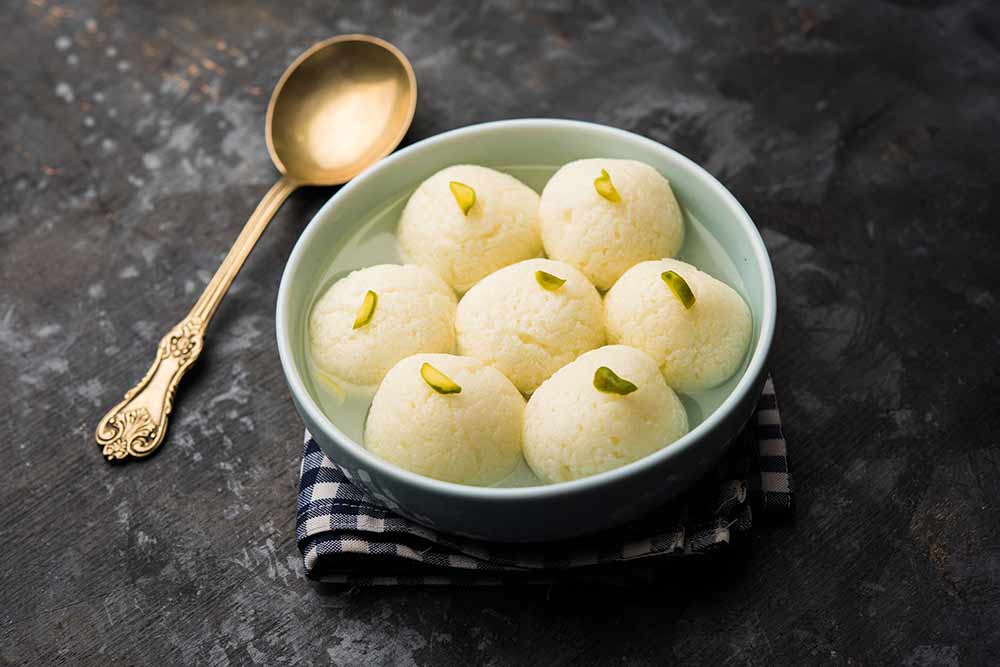
2. Rasgulla
Rasgulla or Roshogolla is an East Indian dish that originated in Bengal and Odisha. Both of these locations hold coveted Geographical Indication (GI) designations for their own version of these soft and sweet dumplings.
This delicacy is made primarily with sugar and a type of Indian cottage cheese called Chhana. According to several Bangladeshi cuisine historians, the dish originated in Bangladesh before being brought to Kolkata by Nabin Chandra Das.
Colour, flavour, juice content, and texture differ between Banglar Roshogolla (from Bengal) and Odia Rasagola (from Odisha). They're made in various methods. As a result, you must try both.
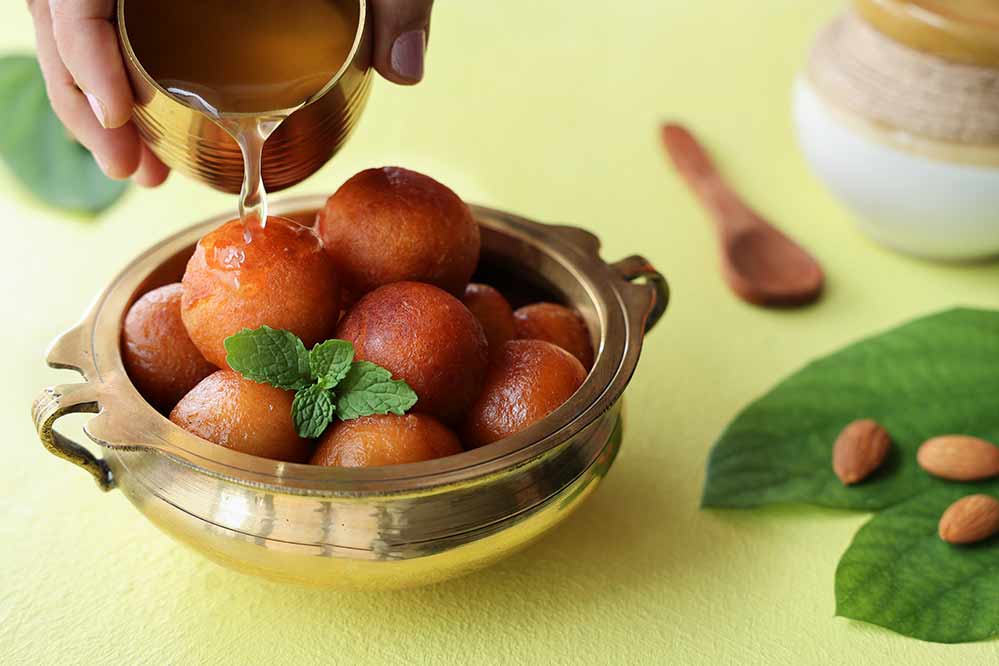
3. Gulab Jamun
Gulab jamun is a sweet and sour Indian dish consisting primarily of khoya and saffron. Gulab is a Persian term that combines two Persian words: gol (flower) and ab (water), and it alludes to the rose-water-scented syrup that is used to manufacture these sweets. Jamun, sometimes known as jaman, is a Hindi word. The dish gets its name from its resemblance to the black plum, an Indian fruit. Golap jam (West Bengal), lal mohan (North India), and gulaabujaanu are all alternatives to gulab jamun (Maldives).
A similar dessert can be found in Mauritius, the United Kingdom, Fiji, South Africa, Caribbean countries, Guyana, and other South Asian countries.
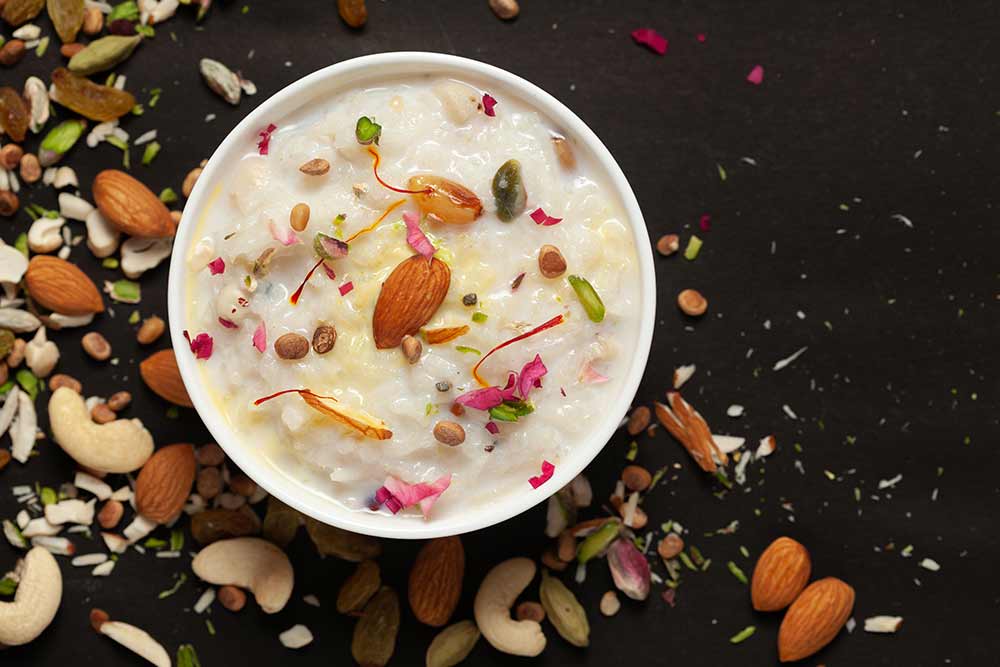
4. Kheer
Kheer is a type of traditional Indian pudding. It's made by combining milk, rice, and sugar in a pot and heating them all together. You can also add raisins, saffron, pistachios, cashews, coconut, almonds, and other ingredients. In different parts of the country, kheer has distinct ingredients and names. Payasam, payesh, and phirni are some of the other names for kheer.
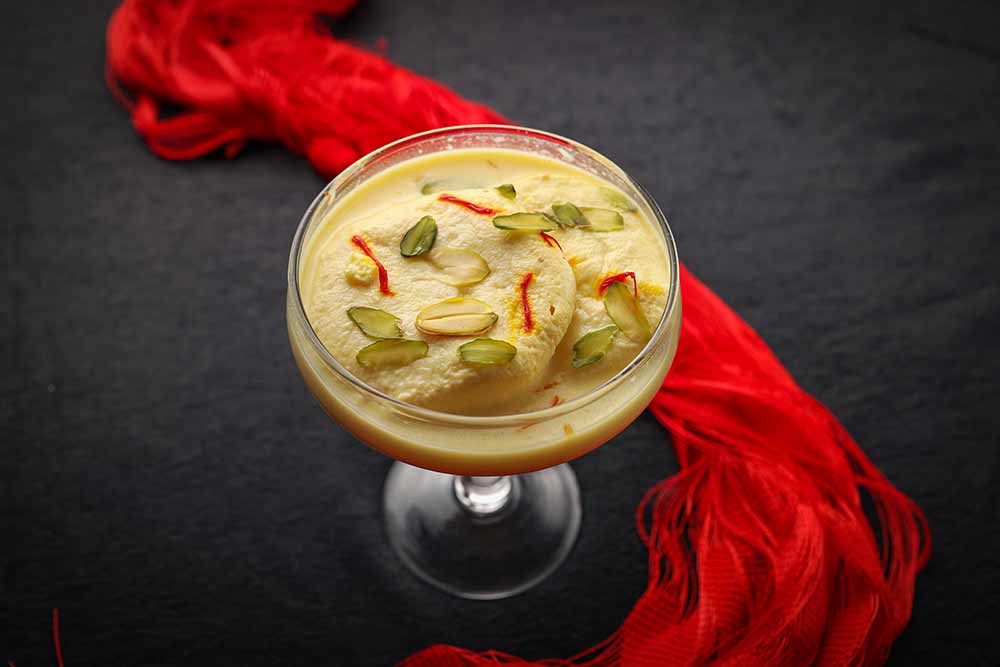
5. Ras Malai
Have you tried cottage cheese with clotted cream before? Ras malai, on the other hand, are milky soft, sweet Indian cottage cheese balls dipped in clotted cream. This chilly dessert is said to have originated in India and Bangladesh. Ras signifies juice in Hindi, and malai implies clotted cream.

6. Aamras
Aamras is a delicious dessert prepared by extracting the pulp from the mango fruit. Because it is a tropical and seasonal fruit, it only appears once a year and delights everyone, leaving them licking their lips and licking their fingers clean.
Ghee and milk are commonly used to enhance the flavour of aamras, and sugar is occasionally added to make it sweeter. Gujrat, Maharashtra, and Rajasthan are well-known for this dish. For any tourist visiting these states during the summer, this is a must-try.
Traditional Indian Sweets
Every region in the country has its speciality, here are some mouth-watering traditional sweets:
1. Singori, Uttarakhand
Singori, sometimes known as singauri, is a simple but delectable delicacy found only in Kumaon, Uttarakhand, India. This traditional Uttarakhadi dessert is made of dried milk solids (khoya) and coconut wrapped in maalu leaf. Kumaon's claim to fame is this under-appreciated delectable dessert.

2. Thekua, Bihar
Thekua, sometimes known as thokwa, is a hardened sweet from Bihar, India. Flour, sugar, ghee, jaggery, and cardamom are the main ingredients in this wonderful and mouth-watering delicacy. The sweet is given a reddish-brown hue by deep frying the dough. During the Chhath puja, it is used as an offering to God.
3. Ada, Kerala
Ela ada, also known as ada in Kerala, is a classic Kerala delicacy. When you think of Kerala, you think of delectable delicacies. The word ela means banana leaf in the Keralan dialect. Ada is a steamed rice flour dough packet filled with melted jaggery and coconut. It's tempting to the taste buds thanks to the enticing aroma and flavour of banana leaf.
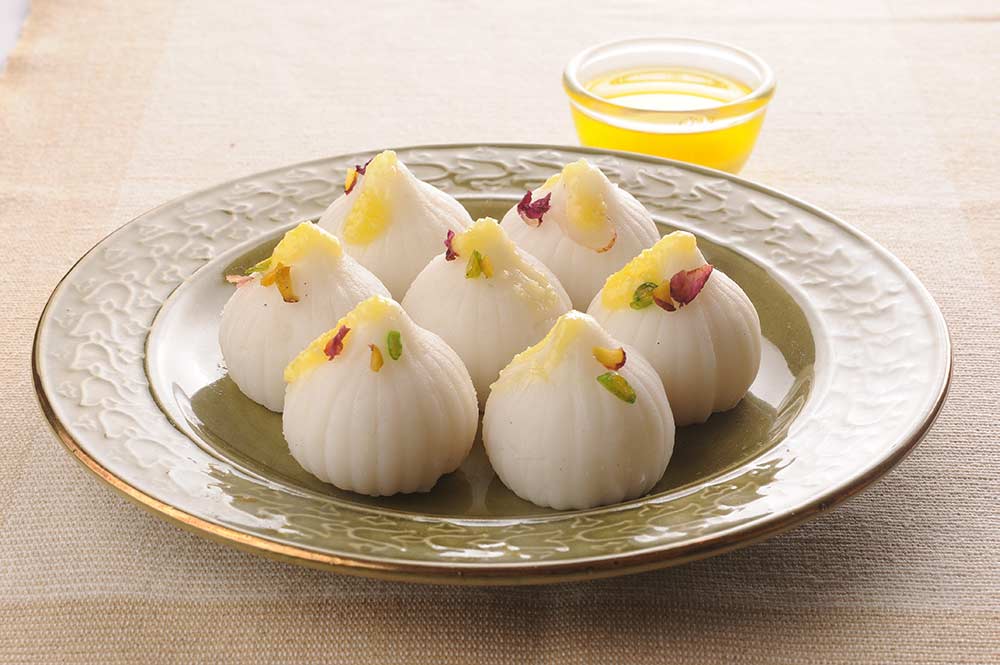
4. Modak, Maharashtra
Modak, a Maharashtra-based Indian dumpling dessert, is a popular treat in India. Modak's smooth and delicious coating is created from wheat and rice flour blended with maida flour or khava. It's then stuffed with jaggery and freshly grated coconut before being steamed.
Modak is Lord Ganesha's favourite dessert, according to Hindu mythology.
5. Lobongo Lotika, West Bengal
Lobongo lotika, also known as laung latika, is a dessert from Bengal's heartland. Lobongo means clove in Bengali, and lotika denotes creepers. Lobongo lotika is similar to a clove-sealed package. One slice of this delicacy, which includes cardamom, khoya, coconut, nutmeg powder, raisins, nuts, and sugar, is enough to satiate your appetite.
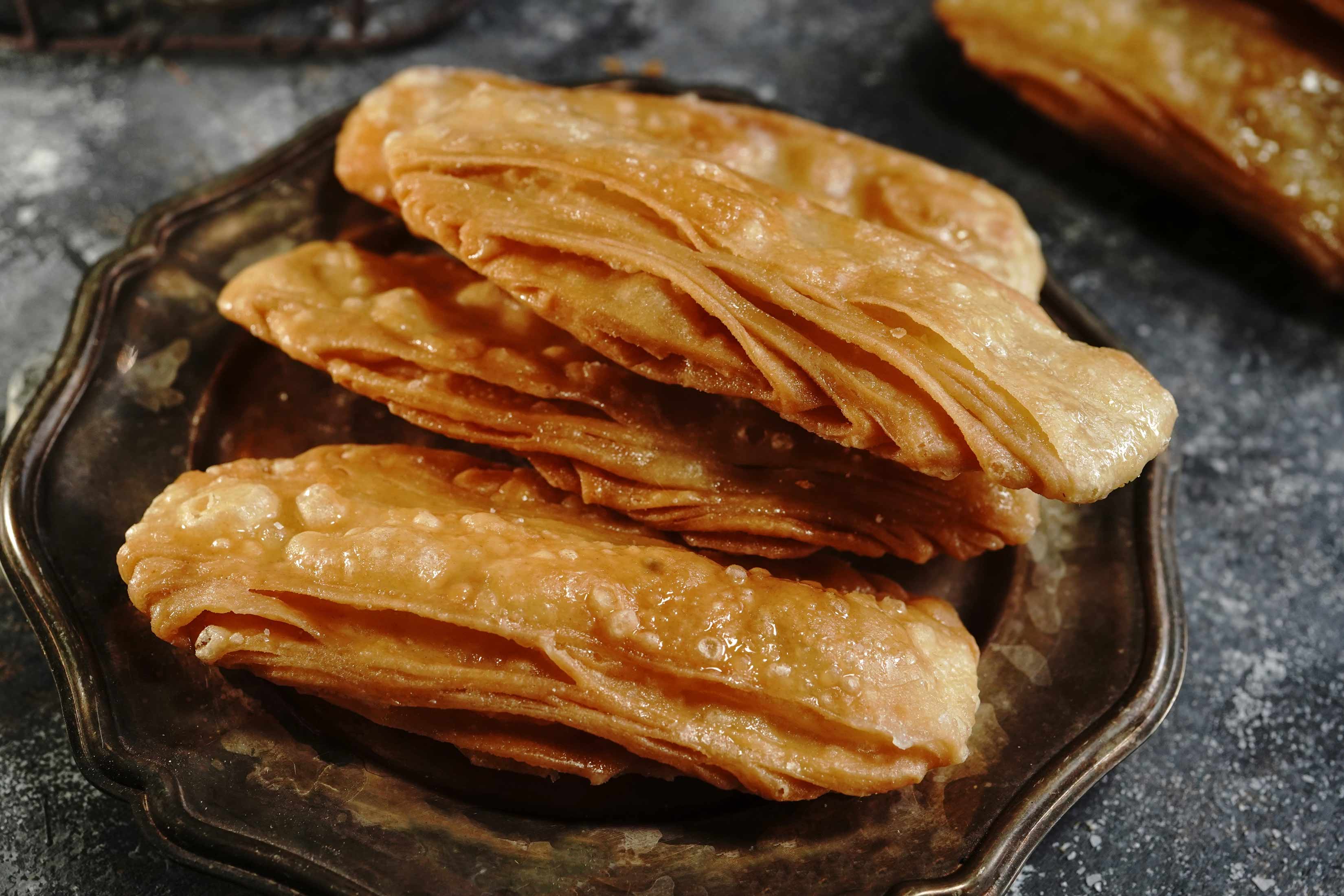
6. Khaja, Odisha
Layered fritters dipped in sugar syrup make up Puri's khaja. This thick, delectably rich dessert is from the city of Puri in the Indian state of Odisha. Khaja requires only a few ingredients and can be stored in airtight containers for up to two weeks.
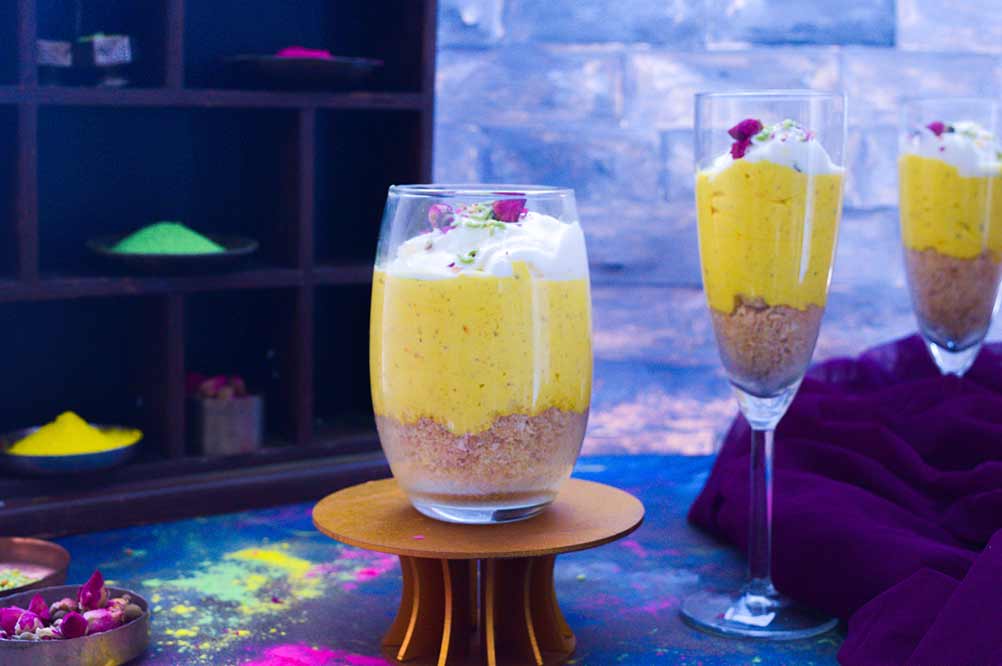
Gajar ka Halwa is a winter delight made from grated carrots cooked in milk, sugar, and ghee. It's often flavored with cardamom and garnished with dry fruits like almonds and cashews. Cook grated carrots in milk until it reduces. Add sugar and ghee, stir continuously until thick. Finish with cardamom and dry fruits
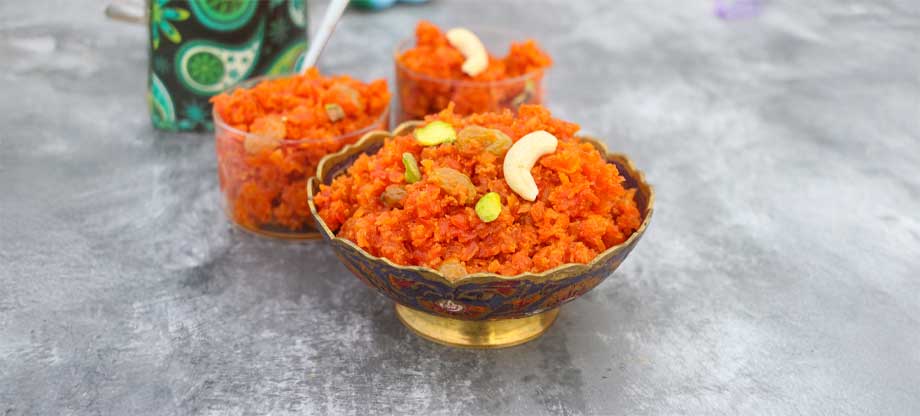
8. Coconut Barfi
Coconut Barfi is a simple yet delicious sweet made from fresh coconut and condensed milk, offering a soft, melt-in-your-mouth experience. Mix grated coconut, condensed milk, and sugar. Cook until the mixture thickens and pour it into a greased tray to set. Cut into squares once cooled.
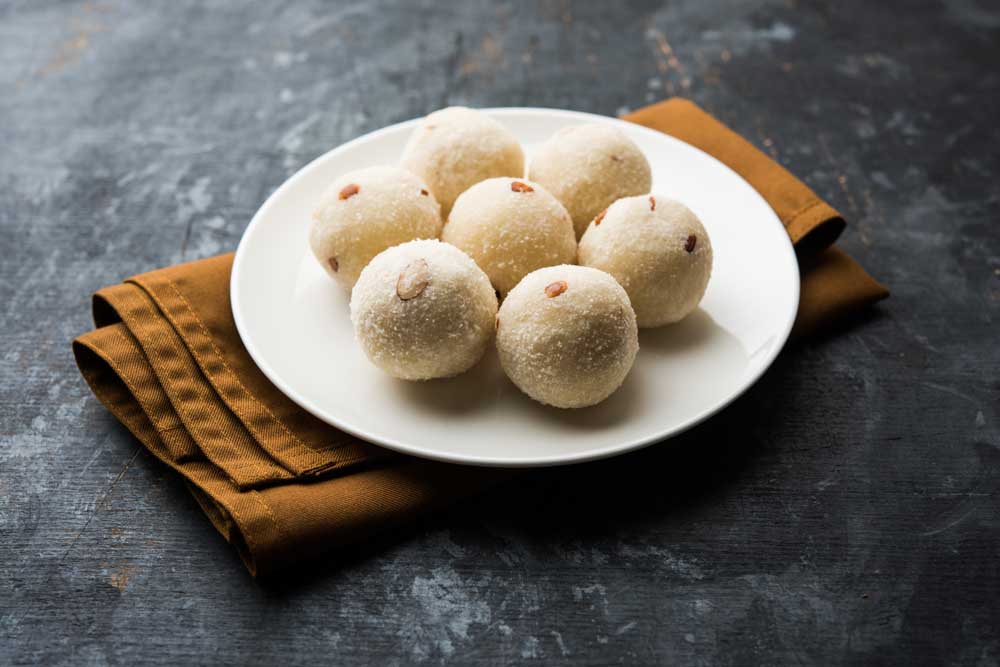
9. Jalebi
Jalebi is a popular street food known for its spiral shape and crispy texture, soaked in sugary syrup. Prepare a fermented batter with flour and yogurt. Pipe the batter into spirals and fry until golden. Soak in sugar syrup flavored with saffron and cardamom.
10. Malpua
Malpua is a rich, deep-fried pancake, soaked in sugar syrup, often served with rabdi. Prepare a batter of flour and milk, flavored with fennel seeds. Fry spoonfuls of batter in ghee and dip them in warm sugar syrup.
11. Vermicelli Payasam
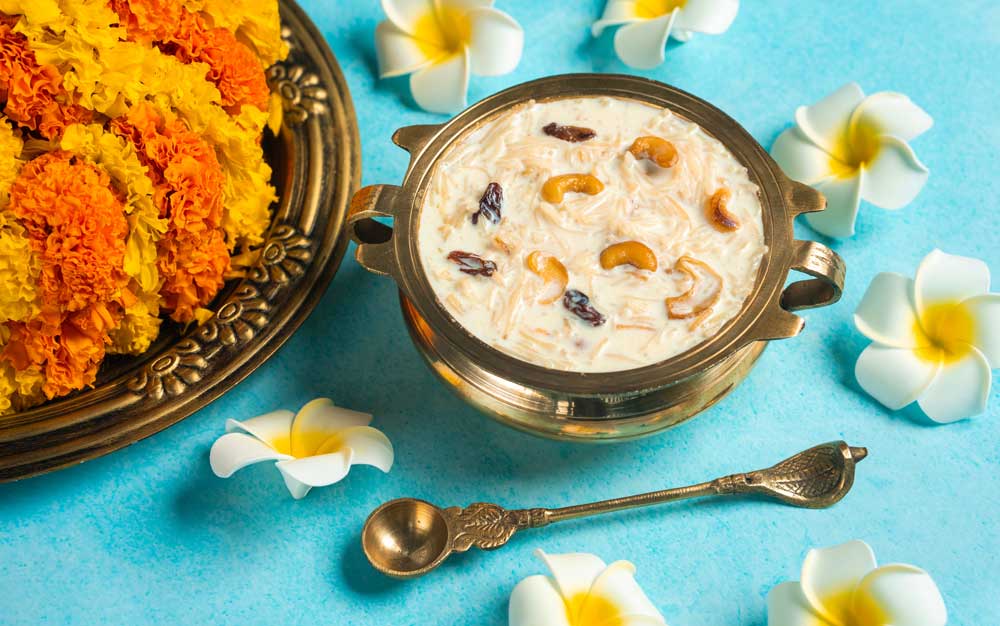
12. Puran Poli
Puran Poli is a stuffed flatbread made with a sweet filling of chana dal (split chickpeas) and jaggery, traditionally served during festivals. Cook chana dal, mash it with jaggery and cardamom. Use this mixture as a filling inside rolled-out dough, then fry on a tawa with ghee.
13. Besan Ladoo
These melt-in-your-mouth ladoos are made from gram flour (besan), ghee, and sugar, and are shaped into round balls. Roast besan in ghee until golden brown. Add sugar and cardamom, mix well, and shape into small balls while still warm.
14. Rabdi
Rabdi is a thick, creamy dessert made by reducing milk to half its volume, flavored with cardamom and saffron. Boil full cream milk and reduce it on low heat until thick. Add sugar, saffron, and cardamom. Garnish with chopped almonds and serve chilled.
15. Mysore Pak
Mysore Pak is a rich, buttery sweet made from gram flour, ghee, and sugar, originating from Karnataka. Cook gram flour in ghee, then add sugar syrup and continue stirring until it thickens. Pour into a greased tray, let it cool, and cut into pieces.
16. Chum Chum
Chum Chum is a Bengali delicacy made from fresh paneer (chhena), soaked in sugar syrup and sometimes filled with sweetened khoya. Shape fresh paneer into oval shapes and boil them in sugar syrup. Once cooked, roll in coconut flakes or stuff with khoya.
17. Karanji
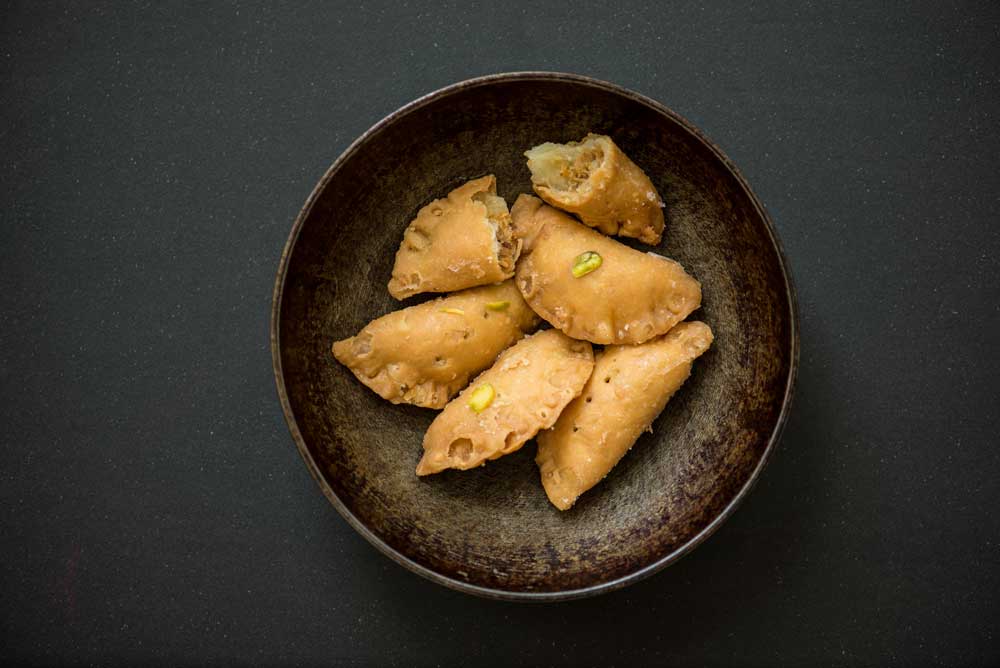
18. Kharvas
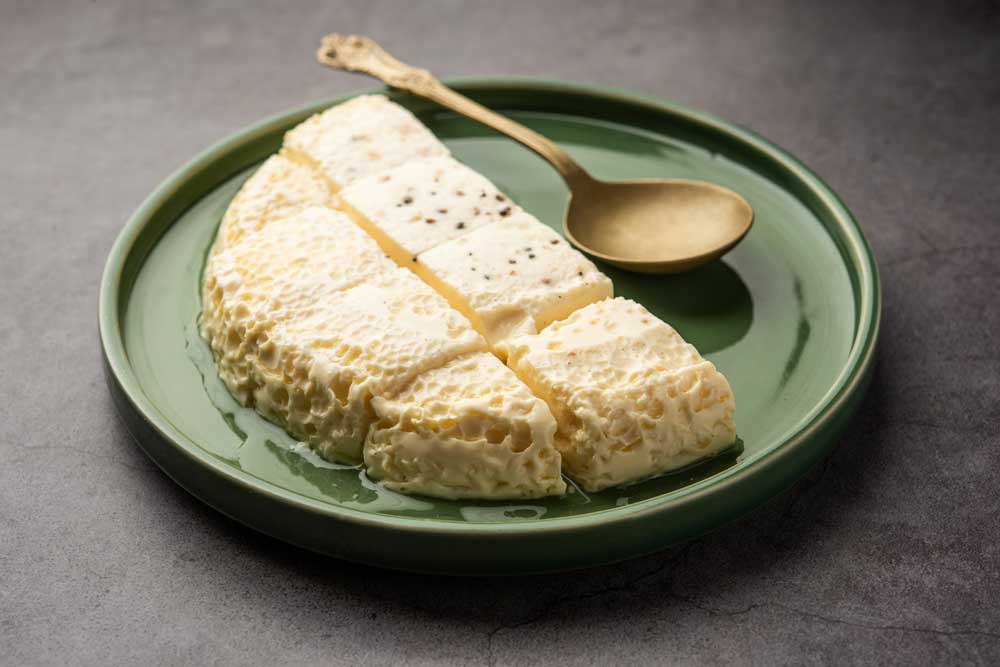
19. Shrikhand
Shrikhand is a cool, creamy dessert made from hung yogurt, sweetened with sugar, and flavored with saffron and cardamom. Whisk hung yogurt with sugar, saffron, and cardamom until smooth. Chill in the refrigerator and garnish with chopped pistachios or almonds before serving.
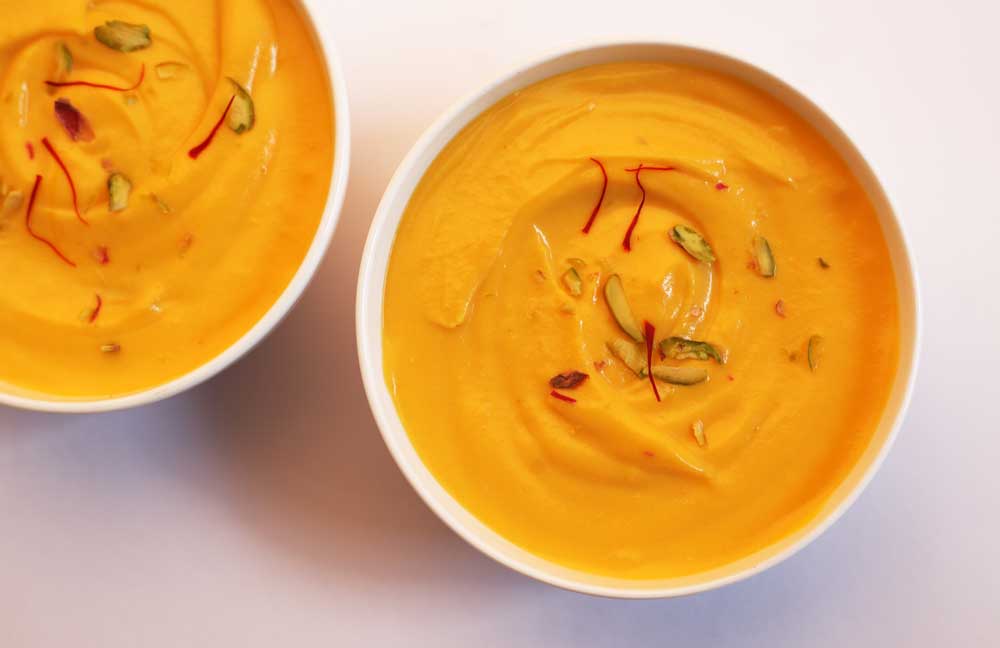
20. Soan Papdi
Soan Papdi is a flaky, light Indian sweet made from gram flour, sugar, and ghee, with a signature crumbly texture.
Cook gram flour and ghee together, then add sugar syrup and stir until the mixture becomes light and flaky. Pour into a tray to set and cut into cubes.
Indian Fusion Sweets
As with our experiments with food, there would likely be experiments on sweet dishes as well. Here are some popular Indian fusion sweets that bring the best of both worlds.
1. Thandai Phirni
Thandai Phirni is a variation of the traditional Indian rice pudding recipe Phirni. This fusion dessert has a thick covering of chopped nuts that makes it melt in your mouth.
2. Butterscotch Toffee Sheera
Infused butterscotch toffee sheera (or kesari) is a quick and easy fusion dessert made with traditional ingredients like rawa (cream of wheat) and Jello butterscotch instant pudding mix.
3. Chocolate Cinnamon Gujiya
Chocolate Cinnamon Gujiya are sweet dumplings filled with milk solids, almonds, and chocolate chips and rolled in cinnamon sugar, a twist on the traditional gujiya.
In Conclusion
India has far more sweets and desserts to boast about than any other country or state. We can boast about these delicacies with dignity to other nations or visitors who visit the country or sta
FAQs
Q. How many types of sweets and desserts can be found in India?
A. India can boast about its innumerable varieties of sweet dishes. Every state has its own speciality, which is a delight for those with a sweet tooth.
Q. Can you make these desserts at home?
A. Of course! The best part about Indian desserts is that they mostly use ingredients that can easily be found. Thus, you can try to make these desserts at home and adjust the taste as per your preferences.